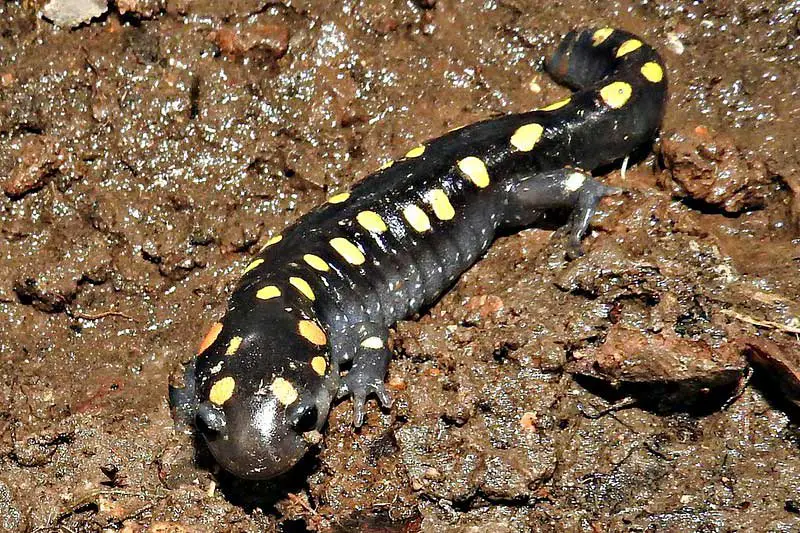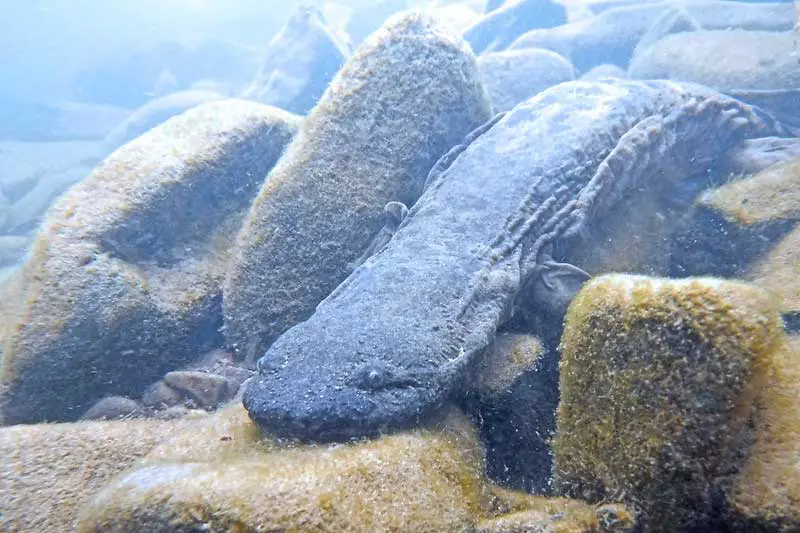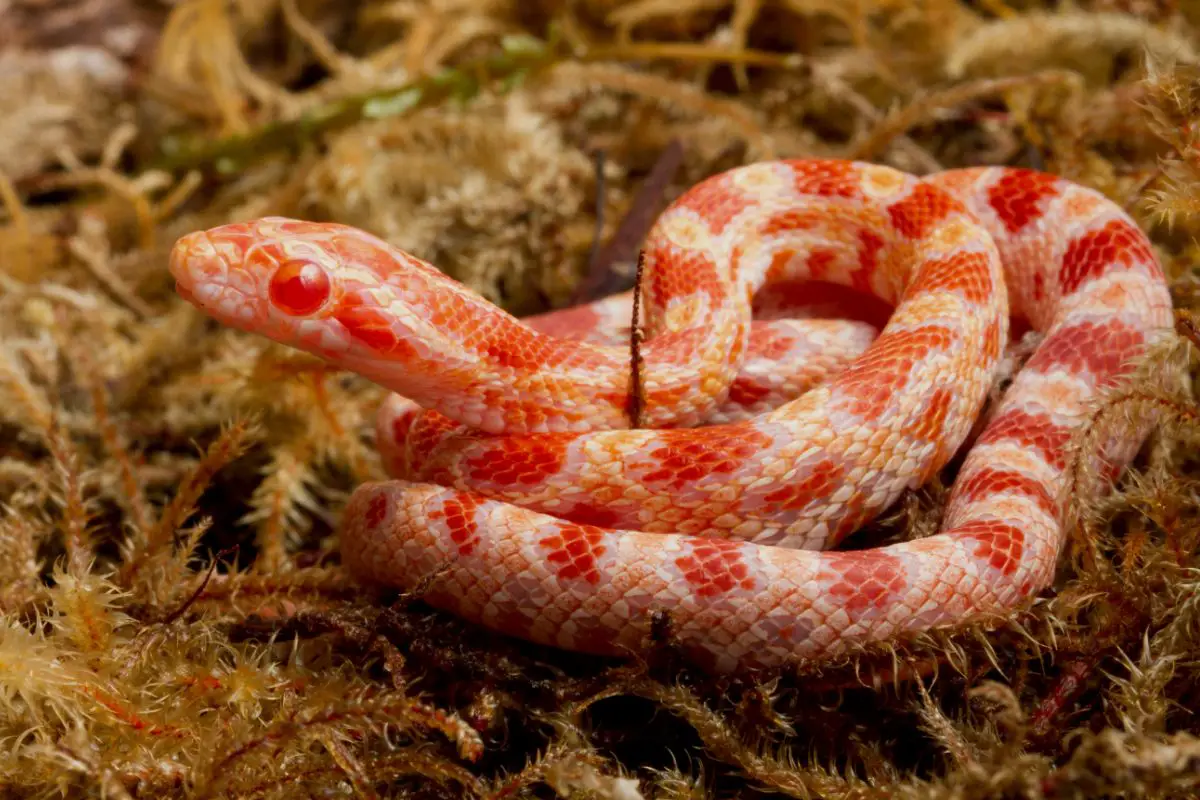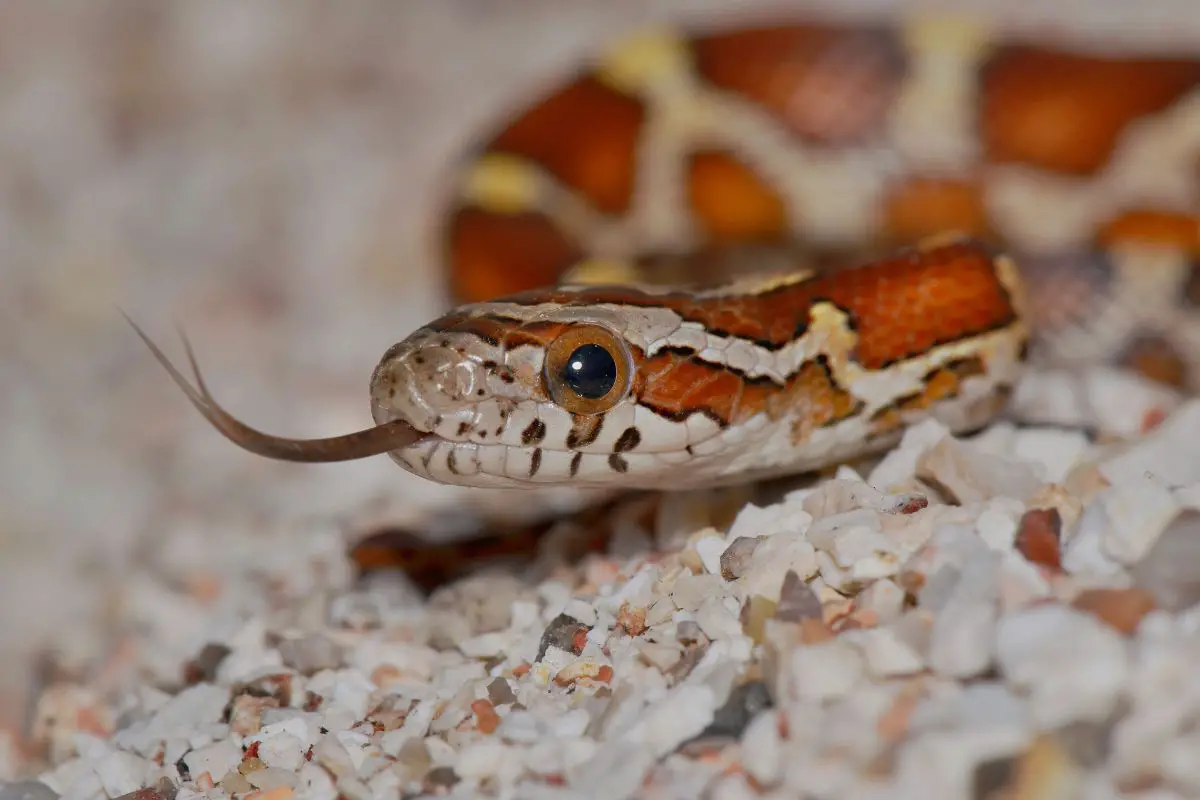Salamanders are amphibians that can live in water and on land. Some salamanders have short legs, others have long tails for swimming. Salamanders range in size from about 2 inches to several feet long. Salamander eggs hatch into larvae, which look like small tadpoles. After several months or even years underwater as larvae, they transform into adults with legs that can walk around on land or in the water with great ease! What do salamanders eat though?
What do salamanders eat?
Salamanders are carnivorous, meaning they eat only meat. They are opportunistic feeders, which means that they will eat whatever they can find when they feel hungry. For larger salamanders, their diet also includes small fish and tadpoles. Some salamanders, like the California newt and two-lined salamander or the hellbender are good examples.
Salamanders may eat aquatic insects like mosquitoes or flies as well as terrestrial invertebrates like worms and slugs. Some species also eat fish or small amphibians such as toads and frogs.
Salamanders are carnivorous
Salamanders are carnivorous and typically eat things like insects, worms, crustaceans like crayfish, and millipedes. They have a very flexible diet because of their special digestion system. They can eat anything from live prey to dead animals as long as it can fit in their mouth!
Can fish and salamanders live together?
In some cases, salamanders and fish can live together in captivity. This is because salamanders are not especially interested in eating fish. They are more likely to eat insects and other small animals like worms and snails.
Even if a salamander does attack a fish, it will usually only kill it by biting its tail off. If your salamander has been caught eating a fish, there is not much you can do about it except try to prevent them from getting together again in the future.
What is the largest salamander in the U.S.
The largest salamander in the United States is the hellbender, which can grow to be up to 2 feet long. This species of salamander lives in rivers and streams in the Appalachian Mountains. It spends most of its time underwater, but it does come out at night to hunt for food.
The hellbender’s diet consists mainly of crayfish and small fish (such as minnows), which it catches with its large jaws and sharp teeth. The hellbender also eats insects, worms, slugs, and snails if they can’t find anything else to eat.
What’s the difference between salamanders and newts?

Salamanders and newts are both amphibians, but they differ in their appearance and behavior.
Salamanders have smooth skin, while newts have a warty appearance. Salamanders also have tails that they can shed if they need to escape from predators; this is known as autotomy. Newts don’t have tails, and they don’t shed them if they need to escape from predators.
Salamanders and newts are both amphibians, but they’re not the same. Salamanders are generally larger than newts and have a longer tail. They also tend to prefer moist environments and can live in water, while newts are usually not aquatic.

Newts eat fish, worms, insects, and snails, while salamanders eat fish, frogs, tadpoles, insects and other small creatures that live in the water. Both species lay eggs which hatch into larvae (called “tadpoles”) which then turn into adults after a few months.
Most salamanders are also able to live in both land and water environments, while newts prefer living on land.
Conclusion
The answer is yes, salamanders do eat fish. There are two main types of salamander that will eat fish, one is called the two-lined salamander and the other is called the California newt. Both these types of salamanders will eat small fish but they tend to prefer a diet consisting of insects and worms instead of fish.



